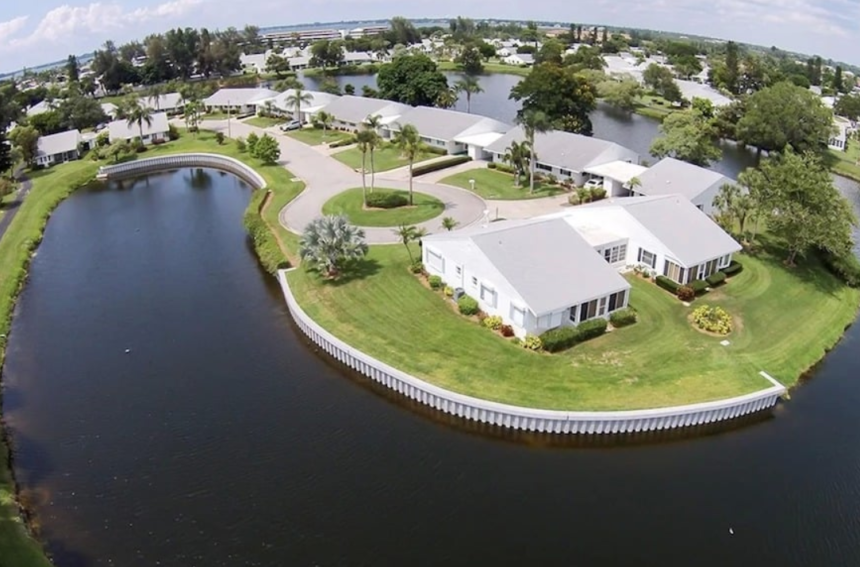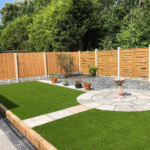Vacancy is the silent killer of rental property ROI. It doesn’t matter how high your rent is or how nice your property looks – if it’s sitting empty, it’s not making money. And in many cases, it’s costing you more than you realize.
Every day your property goes unrented, you’re losing income while still paying for mortgage, taxes, insurance, maintenance, and utilities. But with a proactive strategy, you can keep your property leased year-round – and avoid the stress that comes with watching your unit sit idle while bills stack up.
Here’s how to ensure your rental stays occupied, profitable, and in demand 12 months a year.
- Start Marketing Before the Lease Ends
One of the biggest mistakes landlords make is waiting until a tenant moves out before they start looking for the next one. That’s a guaranteed way to create a vacancy gap. Instead, start marketing the unit 30 to 60 days before the current lease ends.
Check in with your tenant around that time and ask if they plan to renew. If they’re leaving, thank them and start prepping your listing immediately. The goal is to have showings lined up before they even hand over the keys.
You can even offer showings while the tenant is still in place. (Just be respectful and schedule visits with plenty of notice.) The sooner you start marketing, the shorter your vacancy window will be.
- Keep Rent Competitive (But Smart)
You want to maximize your income, but pushing the rent too high can actually cost you more in the long run. If your unit sits empty for even a month or two because it’s overpriced, that’s income you’ll never get back.
Research comparable properties in your area. What are similar units renting for right now? Are you pricing slightly below market to attract high interest, or are you sitting above the competition with fewer leads?
Sometimes the smartest move isn’t squeezing every last dollar out of the rent – it’s keeping the property filled with reliable, long-term tenants who pay on time and treat your property with care.
- Take Your Listing Seriously
This isn’t the time to post grainy cell phone photos and a one-line description. If you want to keep your property leased year-round, your listing needs to stand out.
- Invest in high-quality, well-lit photos. Don’t try to do this yourself. Hire a professional photographer so that you can put your best foot forward.
- Write a compelling description that highlights the home’s best features, neighborhood perks, and anything that makes it unique (washer/dryer, fenced yard, pet-friendly policy, etc.).
- List your property on multiple platforms – Zillow, Apartments.com, Craigslist, Facebook Marketplace, and local rental sites.
The more eyes on your property, the faster you’ll get applications. And don’t forget yard signs if your area has decent drive-by traffic.
- Offer Incentives (When It Makes Sense)
If you’re trying to lease during a slower season or facing a competitive rental market, offering a small incentive can go a long way. Think move-in specials like $200 off the first month’s rent, a gift card, or reduced security deposit for qualified tenants.
Incentives create urgency and differentiate your property without permanently lowering your rent. They also help fill the unit faster, which often offsets the cost of the incentive itself.
- Work With a Good Property Manager
If you’re managing multiple properties or simply don’t have time to do it all yourself, a skilled property management company can be a game-changer.
They’ll handle marketing, tenant screening, rent collection, maintenance, and lease renewals – keeping your unit filled while freeing up your time. A good property manager also has systems in place to reduce vacancy, protect your investment, and respond quickly to tenant needs.
The cost is typically a small percentage of the monthly rent, but the return is peace of mind, higher retention, and fewer missed opportunities. If keeping your property leased consistently is a top priority, the right management team can make all the difference.
- Keep Your Property Maintained
A clean, well-maintained rental isn’t just easier to rent – it’s easier to keep rented. Tenants are far more likely to renew their lease if they feel like the property is being cared for and their maintenance requests are taken seriously.
- Fix small issues before they become big ones.
- Keep common areas clean and attractive.
- Respond to repair requests promptly and communicate throughout the process.
If you manage your property yourself, create a system for routine upkeep. If you hire a manager, make sure they have high standards and fast response times. Retention is half the battle. The more tenants renew, the less time you spend hunting for new ones.
- Offer Flexible Lease Terms
Not every tenant wants a 12-month lease. Offering options – like six-month, 18-month, or even month-to-month terms – can help you attract a wider pool of renters.
Be strategic here. If a lease would naturally expire during a slow season (like the holidays), consider adjusting the lease term slightly so future vacancies align with peak rental periods in your area. A lease that ends in spring or summer is usually easier to fill quickly.
Adding it All Up
There’s no magic wand you can wave to keep your rental property occupied. There are, however, several proven steps you can take to set yourself up for success and cut down on vacancy. Try implementing a few of these, and you’ll notice an immediate difference within year one.















